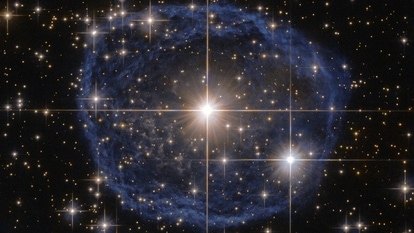NASA's Chandra Telescope finds new THREAT to life! Is Earth in danger?
Chandra X-ray Observatory, NASA’s top X-Ray telescope, and others have discovered a new stellar threat to Earth-like planets.

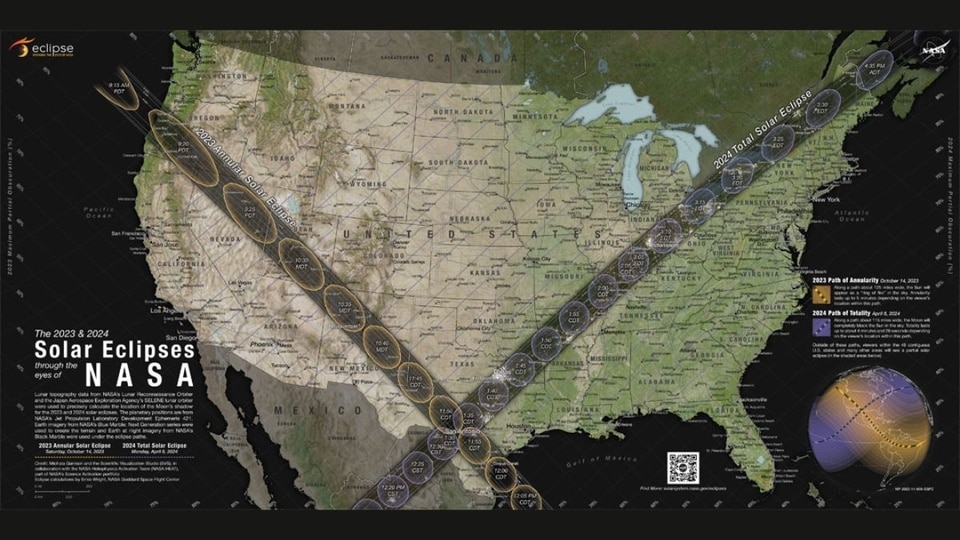
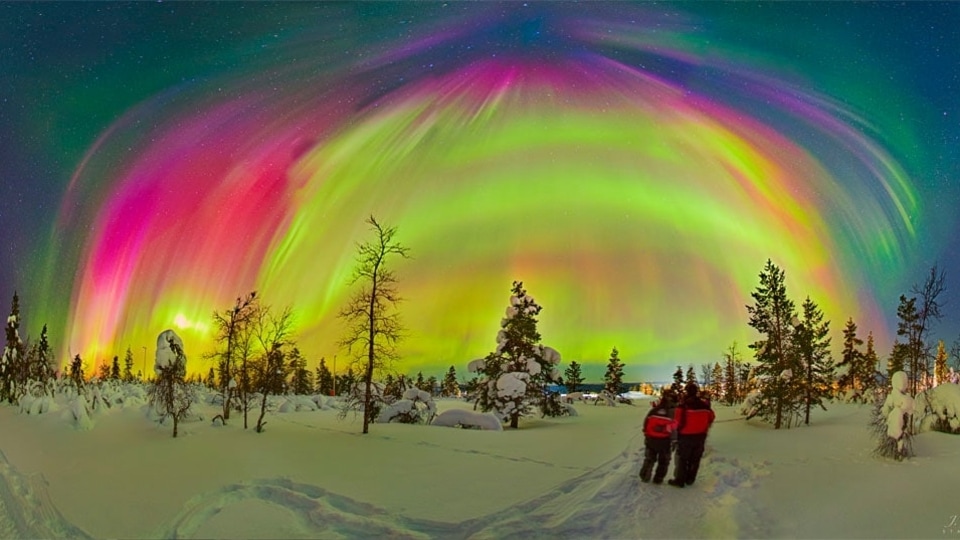
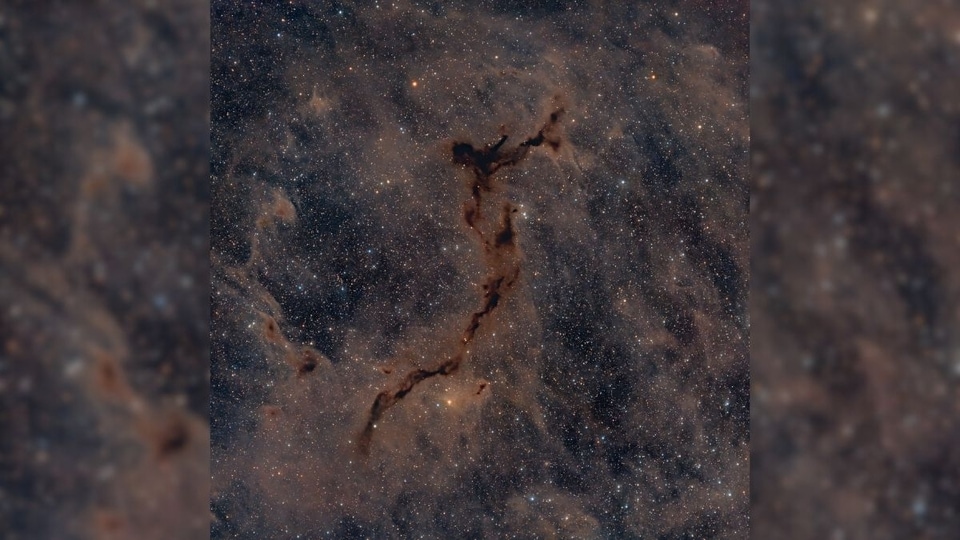
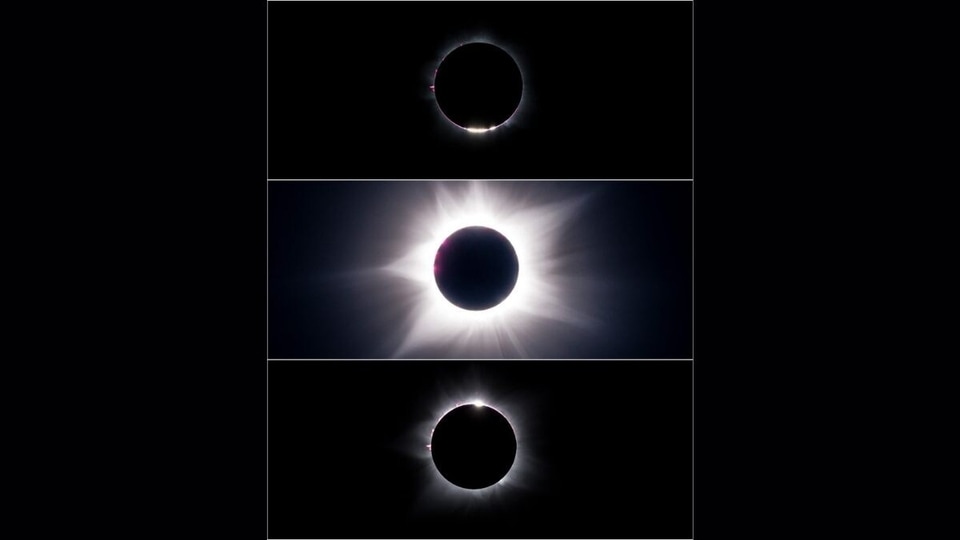
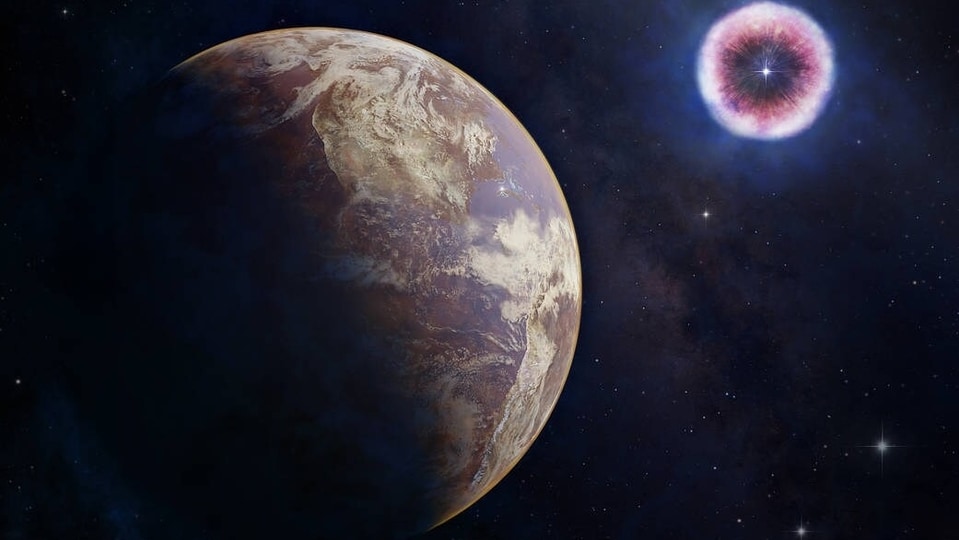
 View all Images
View all ImagesNASA has confirmed a new danger for Earth! Astronomers have discovered this new danger from data collected from NASA's Chandra X-ray Observatory and other telescopes. The study, which reports this threat, reveals that during a specific phase, powerful X-rays from exploding stars can affect planets situated over 100 light-years away. The implications of this finding for the study of exoplanets and their habitability are significant.
The study is based on the X-ray observations of 31 supernovae and their aftermath, with data gathered mainly from NASA's Chandra X-ray Observatory, Swift, and NuSTAR missions, as well as ESA's XMM-Newton. The research shows that planets located as far as about 160 light-years away can be exposed to lethal doses of radiation.
What has caused this threat? As shown in an artistic depiction by NASA, the source of this recently discovered threat is the collision between a supernova's shock wave and the dense gas that surrounds the exploded star. Due to this collision, a substantial amount of X-rays can be produced which can reach an Earth-like planet in a matter of months to years after the explosion. Worryingly, it can last for several decades! The level of exposure to such intense radiation could potentially result in an extinction event on the affected planet.
Effect of a large dose of X-rays on a nearby planet
As per NASA's latest blog post, if a surge of X-rays inundates a neighbouring planet, it could cause substantial changes in the planet's atmospheric structure. In the case of an Earth-like planet, this could result in the depletion of a significant amount of ozone, which is an important aspect of safeguarding life against harmful ultraviolet radiation from the Sun. Additionally, it could result at the end of a diverse array of organisms, especially marine species at the base of the food chain, ultimately resulting in the extinction of these organisms.
Is Earth in Danger?
Thankfully not! While the Earth and the Solar System are presently situated in a safe space with regard to the possibility of supernova explosions, numerous other planets within the Milky Way are not as lucky!
Catch all the Latest Tech News, Mobile News, Laptop News, Gaming news, Wearables News , How To News, also keep up with us on Whatsapp channel,Twitter, Facebook, Google News, and Instagram. For our latest videos, subscribe to our YouTube channel.



